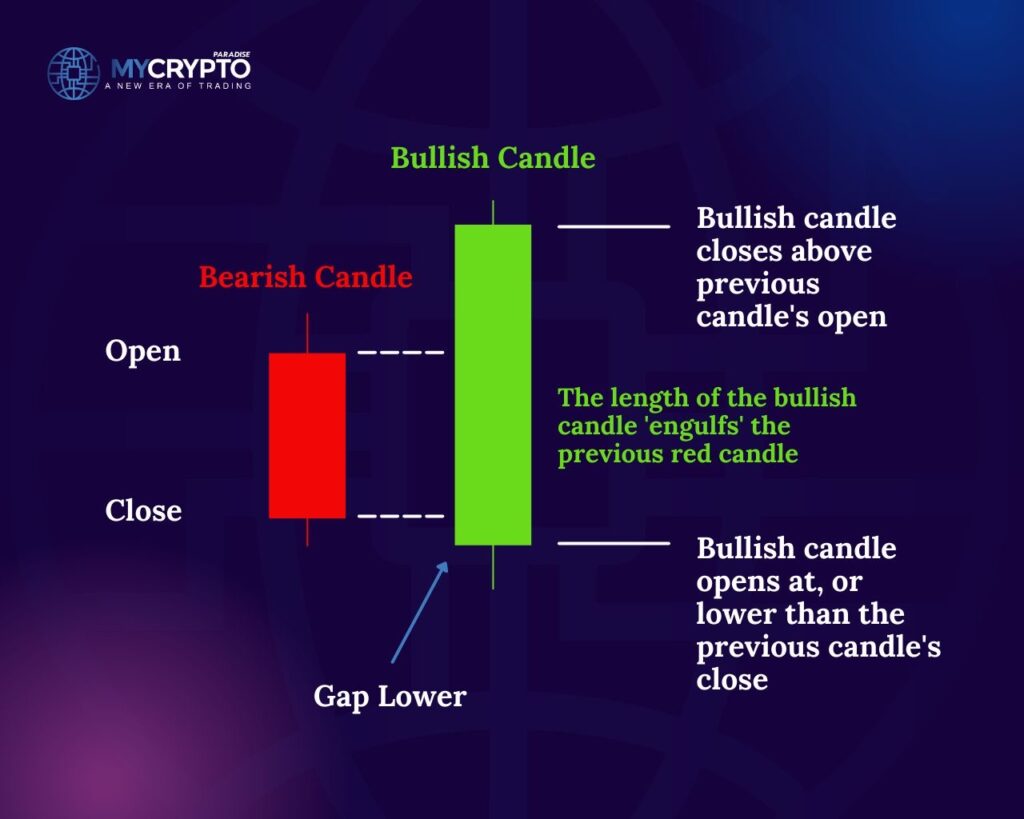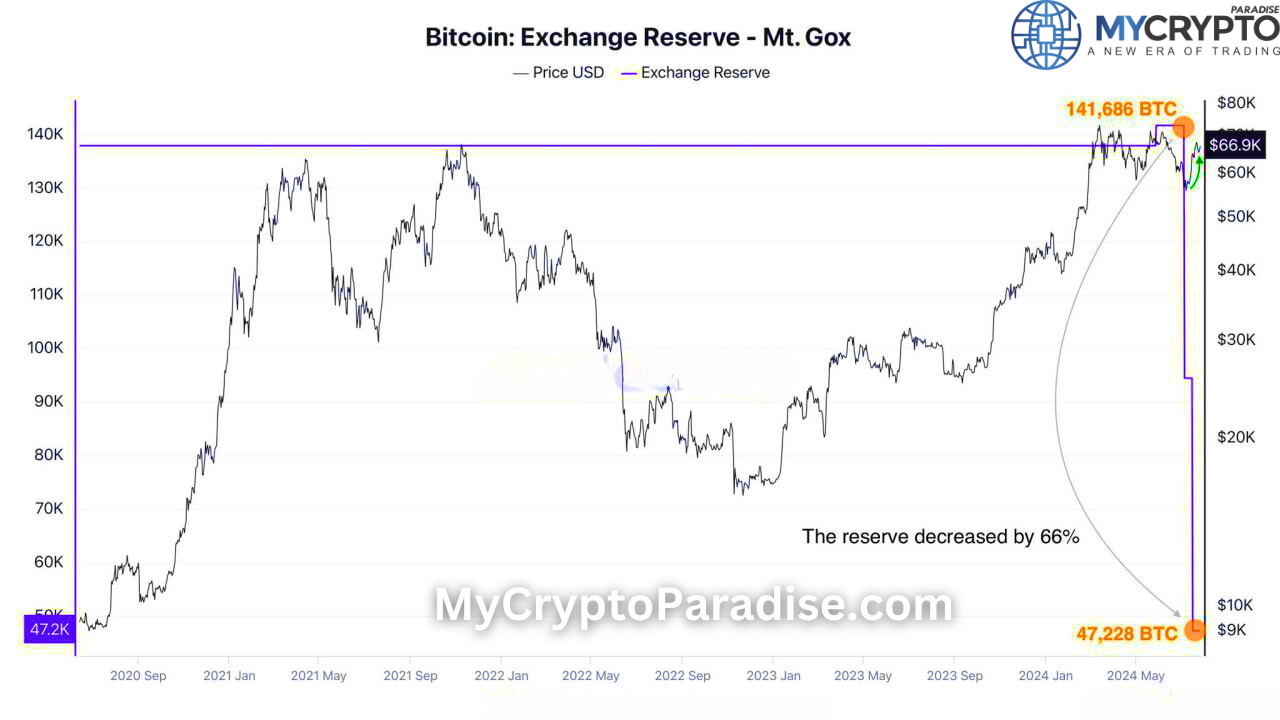Technical analysis is a popular methodology used by traders to make informed decisions in financial markets. One common pattern that traders look for is the bullish engulfing signal, which can indicate a potential trend reversal from bearish to bullish. To increase the reliability of this pattern, traders often use moving averages as a complementary tool. In this article, we will explore how moving averages can be used to confirm bullish engulfing signals and enhance the accuracy of trading decisions.
Understanding the Bullish Engulfing Signal

Before delving into the role of moving averages, let’s briefly recap the bullish engulfing signal. This pattern typically occurs during a downtrend and consists of two candlesticks. The first candlestick is a bearish candle, followed by a larger bullish candle that engulfs the previous candle’s body completely. The bullish candle’s open is lower than the previous candle’s close, and its close is higher than the previous candle’s open. This pattern suggests a potential shift in market sentiment from bearish to bullish.
Using Moving Averages

Moving averages are widely used technical indicators that help smooth out price data and identify trends. They calculate the average price over a specific period, updating as new data becomes available. Traders commonly use two types of moving averages: the simple moving average (SMA) and the exponential moving average (EMA).
Confirmation with Simple Moving Average (SMA)
One approach to confirming the bullish engulfing signal is to use a shorter-term SMA and a longer-term SMA. The shorter-term SMA, such as a 20-day SMA, reacts faster to price changes, while the longer-term SMA, such as a 50-day SMA, provides a broader perspective on the trend.
When the bullish engulfing pattern occurs, traders observe the relationship between the shorter-term SMA and the longer-term SMA. If the shorter-term SMA crosses above the longer-term SMA following the bullish engulfing pattern, it suggests a confirmation of the bullish signal. This crossover indicates a potential shift in trend direction, adding weight to the bullish engulfing pattern.
Confirmation with Exponential Moving Average (EMA)
Alternatively, traders can use EMAs to confirm the bullish engulfing signal. EMAs assign more weight to recent price data, making them more responsive to current market conditions compared to SMAs. A common combination is the 9-day EMA and the 21-day EMA.
Similar to the SMA approach, traders look for a bullish crossover between the shorter-term EMA and the longer-term EMA after the bullish engulfing pattern. If the shorter-term EMA crosses above the longer-term EMA, it provides confirmation that the bullish engulfing pattern is more reliable. This crossover signals a potential change in trend direction and increases the confidence in the bullish engulfing signal.
Benefits of Using Moving Averages with Bullish Engulfing Signals
1. Increased Reliability: By using moving averages to confirm bullish engulfing signals, traders seek additional confirmation of a potential trend reversal. This confirmation from moving averages adds a layer of reliability to the pattern, reducing the likelihood of false signals and enhancing the trader’s confidence in their decisions.
2. Objective Decision Making: Moving averages provide objective criteria for confirming bullish engulfing signals. Rather than relying solely on subjective interpretations of candlestick patterns, traders can use the objective criteria of moving average crossovers to validate their analysis. This helps eliminate emotional biases and improves the consistency of trading decisions.
3. Trend Identification: Moving averages help traders identify the prevailing trend and its potential reversal points. By combining moving averages with the bullish engulfing signal, traders gain a better understanding of the market context. This information enables them to make more informed decisions, aligning their trades with the broader trend and increasing the probability of success.
Limitations and Considerations
While using moving averages to confirm bullish engulfing signals can be beneficial, it is important to consider a few limitations and potential challenges:
1. Lagging Indicator: Moving averages are lagging indicators, meaning they rely on past price data. As a result, they may not provide timely confirmation of trend reversals. Traders should use moving averages in conjunction with other technical analysis tools to increase the accuracy of their signals.
2. False Signals: Like any technical analysis tool, moving averages are not infallible. There is always a possibility of false signals or whipsaws, where the moving average crossovers occur but fail to sustain a trend reversal. Traders should exercise caution and use additional confirmation techniques to reduce false signals.
3. Market Conditions: Moving averages work best in trending markets, but they can be less effective in choppy or sideways markets. During such market conditions, moving average crossovers may generate frequent false signals. Traders should consider the overall market environment and adapt their strategies accordingly.
In ParadiseFamilyVIP, we send crypto signals which you get from our team of professional traders. Use the code PRO20% to get 20% discount and contact us here.
Some Additional Points on Using Moving Averages with Bullish Engulfing Pattern
1. Multiple Moving Averages: Traders often use multiple moving averages in combination to strengthen their confirmation of a bullish engulfing signal. For example, they may use a shorter-term SMA or EMA, a medium-term SMA or EMA, and a longer-term SMA or EMA. The alignment and crossover of these moving averages can provide a more comprehensive confirmation of the pattern.
2. Reversal Confirmation: Moving averages not only confirm the bullish engulfing pattern but also help traders gauge the strength of the potential trend reversal. When the shorter-term moving average crosses above the longer-term moving average, it indicates a bullish signal. The angle and separation between the moving averages can provide insights into the strength and momentum of the reversal.
3. Support and Resistance Levels: Moving averages also act as dynamic support and resistance levels. When a bullish engulfing signal occurs and the price is above the moving averages, it reinforces the bullish sentiment. Conversely, if the price is below the moving averages, it may indicate a weaker bullish signal or the need for further confirmation.
4. Timeframe Considerations: Traders should take into account the timeframe they are analyzing when using moving averages to confirm bullish engulfing signals. Different timeframes may yield different results and levels of confirmation. It’s important to align the timeframe of the moving averages with the trading strategy and the desired holding period.
5. Volume Analysis: Combining volume analysis with moving averages can provide additional confirmation of a bullish engulfing signal. Higher trading volumes accompanying the bullish engulfing pattern and the moving average crossover can indicate increased buying pressure and validate the potential trend reversal.
6. Risk Management: While moving averages can enhance confirmation, risk management should remain a priority. Traders should always consider appropriate stop-loss levels and position sizing based on their risk tolerance. Moving averages can help identify potential entry points, but they do not guarantee the success of a trade.
Conclusion
The bullish engulfing signal is a widely recognized pattern that suggests a potential trend reversal. By incorporating moving averages into the analysis, traders can increase the reliability and accuracy of trading decisions based on this pattern. Whether using SMAs or EMAs, moving average crossovers provide additional confirmation of the bullish engulfingsignal, enhancing the trader’s confidence and reducing false signals.
However, it is important to remember that moving averages are not foolproof and should be used in conjunction with other technical analysis tools. Traders should consider the limitations of moving averages, such as lagging indicators and the potential for false signals, and adapt their strategies based on the prevailing market conditions.
You can get free updates and analyses from MyCryptoParadise, stay on top of the crypto markets on trending cryptocurrencies like BTC and ETH. We also offer secret insights and market updates for free on our Telegram channels. Join them below:







